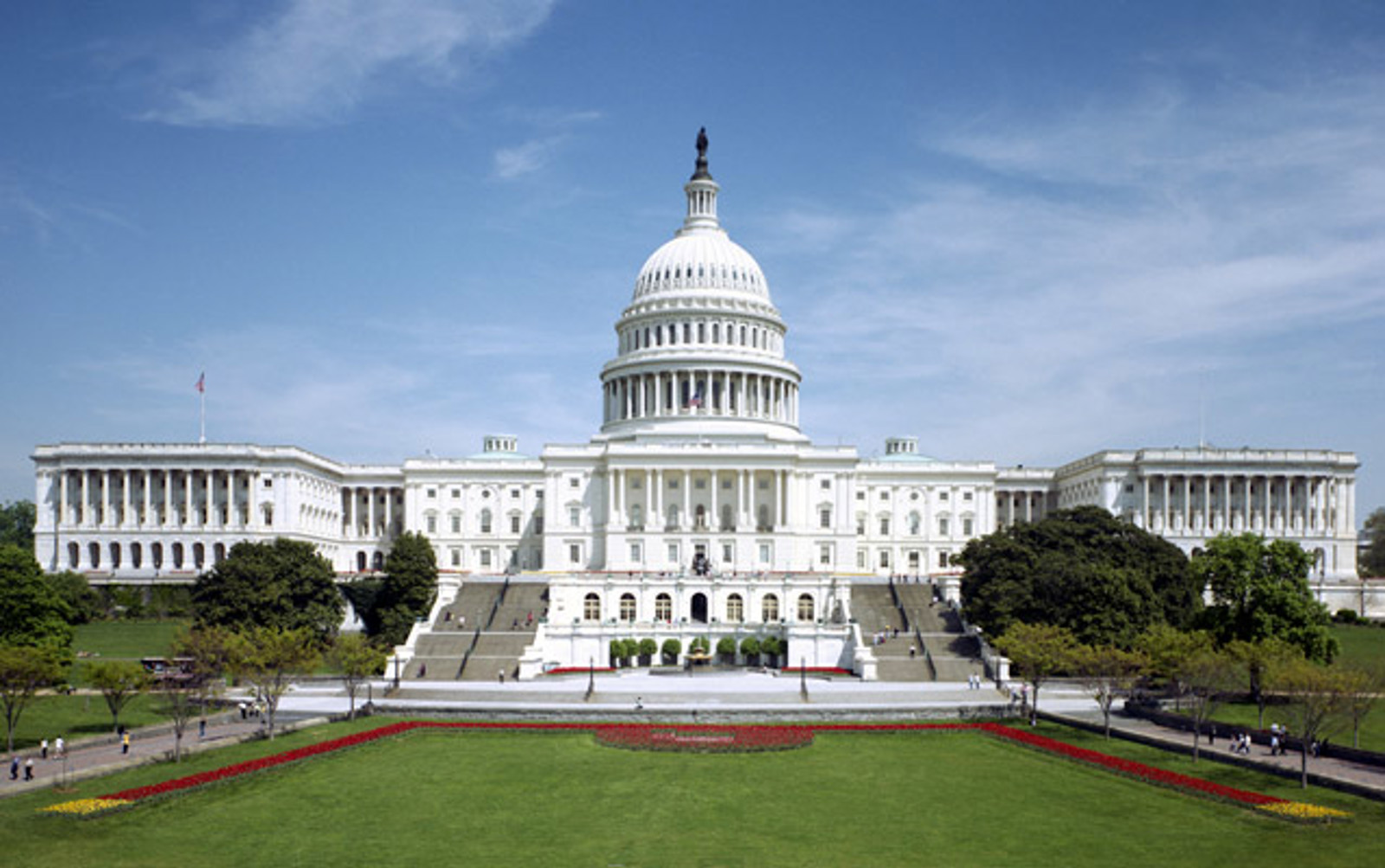May 27, 2022
Certain HEERF Funds Can Now be Used for Construction
The Department of Education announced that institutions with remaining Higher Education Emergency Relief Funds (HEERF) in their (a)(2) grants can use those resources for construction, renovation, and real property projects to “prevent, prepare for, and respond to coronavirus.”
The flexibilities only apply to HEERF (a)(2) grant recipients, which include Historically Black Colleges and Universities, Tribally Controlled Colleges and Universities, Minority-Serving Institutions, and Strengthening Institutions Program.
More information on the new flexibilities can be found on the HEERF (a)(2) website, including new FAQs that provide detailed information about how HEERF (a)(2) institutions may use their remaining funds to cover construction and renovation. As with other HEERF funds, this expanded allowable use is not for facilities related to athletics, sectarian instruction, religious worship, or marketing and recruitment.
Generally, construction or renovation projects that help “prevent, prepare for, and respond to coronavirus” are those that address a student or institutional need that has occurred as a result of the pandemic. Examples of allowable uses include the need to improve ventilation, providing for greater physical distancing, or expanding broadband or Wi-Fi infrastructure. The FAQs provide some specific examples of how colleges and universities can employ the new flexibilities, such as:
• Cost Principles in 2 CFR part 200, subpart E of the Uniform Guidance (e.g., the cost must be “necessary and reasonable”);
• Uniform Guidance’s requirements Procurement Standards in 2 CFR §§ 200.317-200.327 and Property Standards in 2 CFR §§ 200.310 – 200.312 and 200.330;
• Davis-Bacon Act prevailing wage requirements;
• Copland Act anti-kickback requirements;
• The Department’s regulations regarding construction at 34 CFR §§ 75.600-75.617; and
• Properly report construction, renovation, and real property expenditures on the HEERF quarterly and annual reports.
The Office of Postsecondary Education will hold a series of webinars for eligible institutions to detail the application process and answer questions. These will be held on June 2, 7, 8, and 9, 2022. The registration link for the webinars have been sent directly to institutions from the Department.
The flexibilities only apply to HEERF (a)(2) grant recipients, which include Historically Black Colleges and Universities, Tribally Controlled Colleges and Universities, Minority-Serving Institutions, and Strengthening Institutions Program.
More information on the new flexibilities can be found on the HEERF (a)(2) website, including new FAQs that provide detailed information about how HEERF (a)(2) institutions may use their remaining funds to cover construction and renovation. As with other HEERF funds, this expanded allowable use is not for facilities related to athletics, sectarian instruction, religious worship, or marketing and recruitment.
Generally, construction or renovation projects that help “prevent, prepare for, and respond to coronavirus” are those that address a student or institutional need that has occurred as a result of the pandemic. Examples of allowable uses include the need to improve ventilation, providing for greater physical distancing, or expanding broadband or Wi-Fi infrastructure. The FAQs provide some specific examples of how colleges and universities can employ the new flexibilities, such as:
- Dorm facility expansion or remodeling (including constructing smaller/individual housing units) for increased social distancing;
- Classroom expansion or remodeling for increased social distancing;
- Constructing or expanding student support services for childcare based on increased need as a result of the pandemic;
- Remodeling campus buildings to improve ventilation and social distancing;
- Constructing new buildings where pre-existing buildings cannot be structurally remodeled to improve ventilation and social distancing;
- Constructing new or renovating old space for COVID-19 vaccination/testing site(s);
- Constructing new or renovating old space for campus-based food pantries based on increased need as a result of the pandemic; and
- Constructing permanent modular buildings for increased social distancing.
• Cost Principles in 2 CFR part 200, subpart E of the Uniform Guidance (e.g., the cost must be “necessary and reasonable”);
• Uniform Guidance’s requirements Procurement Standards in 2 CFR §§ 200.317-200.327 and Property Standards in 2 CFR §§ 200.310 – 200.312 and 200.330;
• Davis-Bacon Act prevailing wage requirements;
• Copland Act anti-kickback requirements;
• The Department’s regulations regarding construction at 34 CFR §§ 75.600-75.617; and
• Properly report construction, renovation, and real property expenditures on the HEERF quarterly and annual reports.
The Office of Postsecondary Education will hold a series of webinars for eligible institutions to detail the application process and answer questions. These will be held on June 2, 7, 8, and 9, 2022. The registration link for the webinars have been sent directly to institutions from the Department.
For more information, please contact:
Stephanie Giesecke

